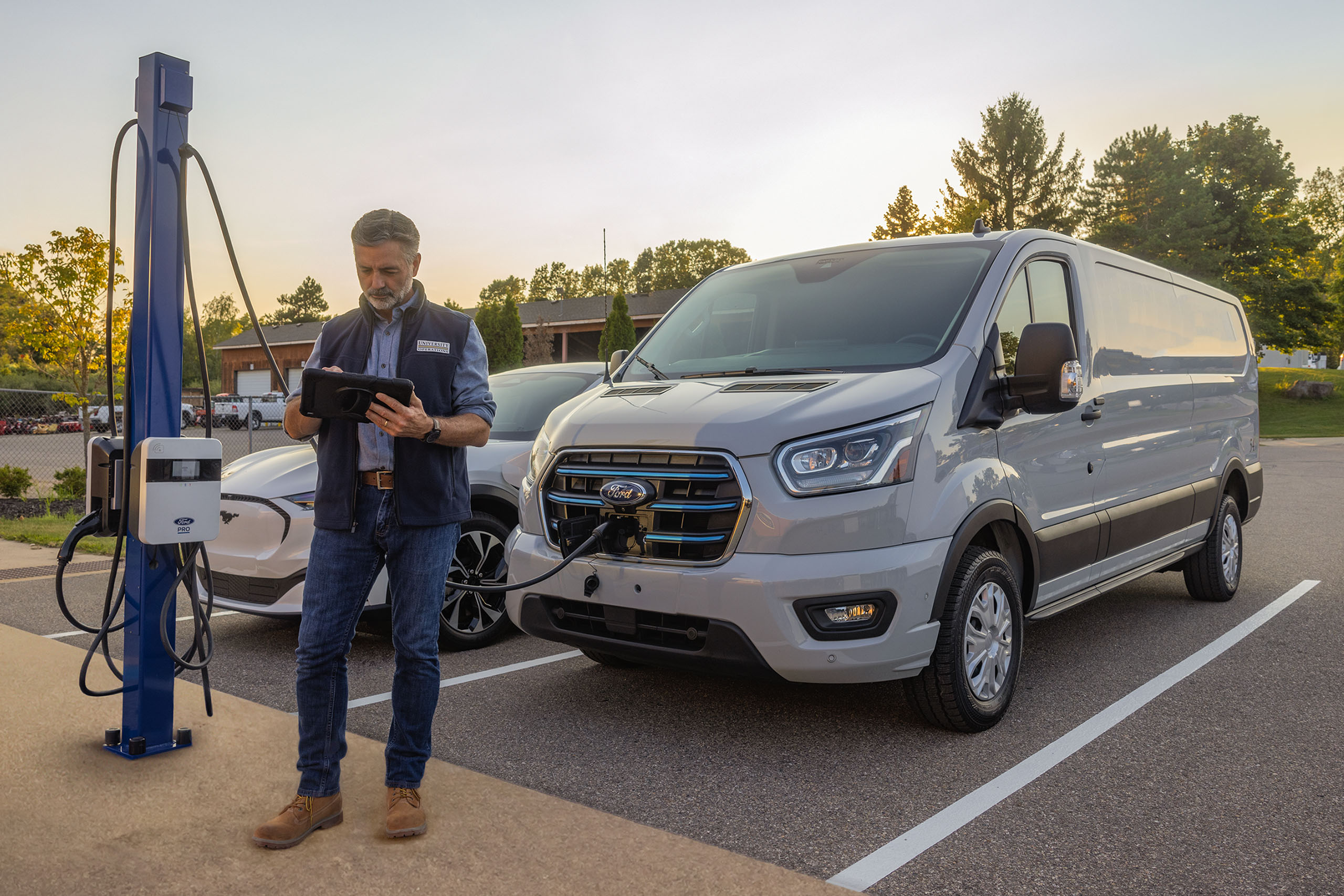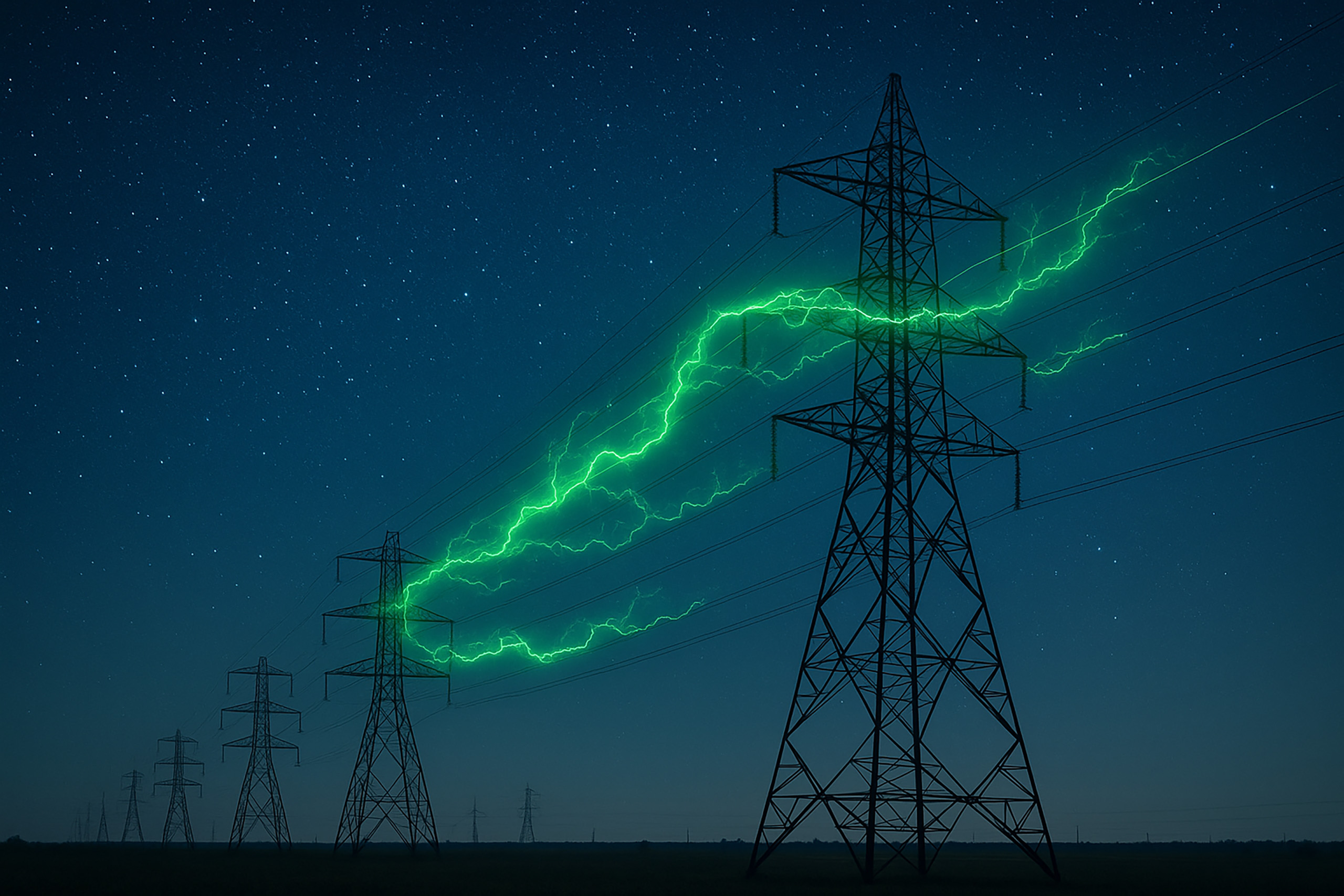
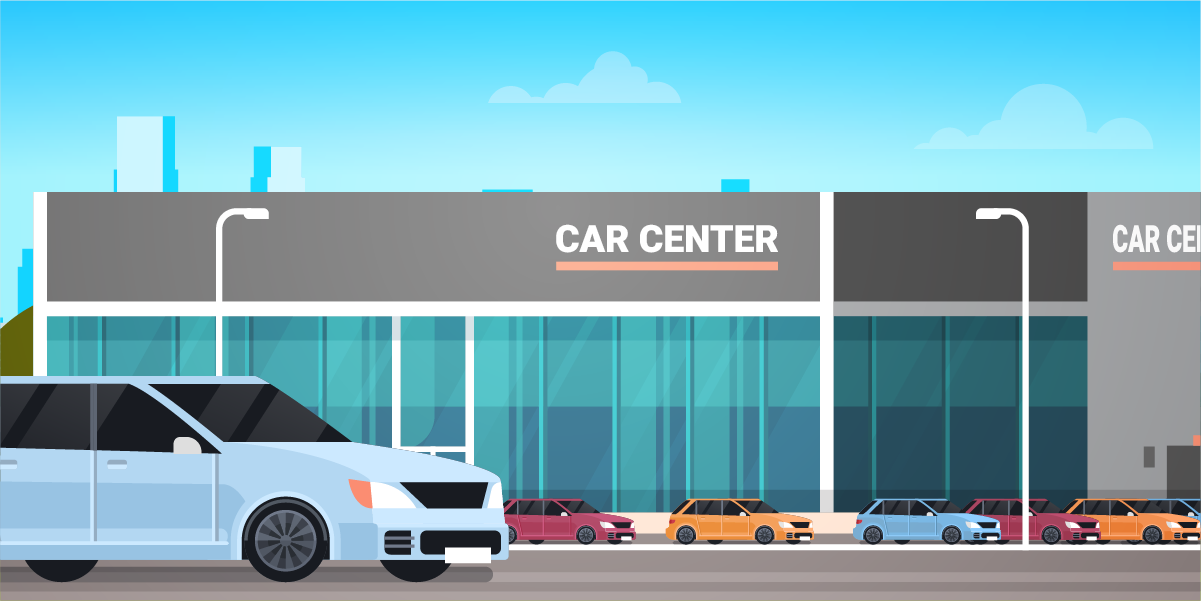
Sales of electric vehicles (EVs) are surging, while new car sales overall are skidding, according to Kelley Blue Book. You likely have more questions than answers about how the EV revolution and EV charger integration will affect business.
How will you be able to power a full inventory of electric vehicles? In part due to EVs, electricity demand in the US could increase as much as 38% by 2050, a Department of Energy study found. And everyone will be competing for the same resources to upgrade electrical infrastructure or find ways to operate independently of the central grid.
Your inventory of battery-powered vehicles presents an opportunity, though, if you understand how to manage it.
And Future Energy can help by working with your dealership to tackle the challenges of electrification. Now is the time to future-proof your business with EV integration.
What Challenges Do EVs Present for My Business?
For every 100 miles traveled, the average EV requires about 30 kilowatt-hours to power it, according to Pew. That’s about the same amount of electricity the average American home uses in a day. This presents a major challenge for existing infrastructure and the consumer; your business can be a part of that solution.
Addressing the Increasing Need for Power
Clearly, dealerships with expanding EV inventory will require innovative solutions to figure out how to charge their vehicles. Your current wiring, transformers, meters, and related equipment may not be able to handle increased demand.
Upgrading Electrical Infrastructure
Future Energy estimates that the turnaround time from request to on-site installation of electrical infrastructure could take as long as 36 months. And the waiting list will only get longer.
Finding the Budget to Pay for EV Infrastructure
Financial incentives help offset the cost of installing EV chargers. However, it’s difficult to identify these programs, correctly fulfill their requirements, and initiate the process to acquire money from the limited pool.
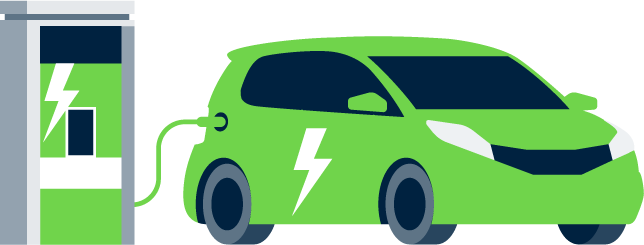
Where Can My Dealership Find Power for Electric Vehicle Inventory?
Urban planners say that cars are parked about 95% of the time. Likewise, a dealership’s inventory mostly sits idle on the lot. When not in use, EV batteries have the potential to act as a power source, using innovative technologies that generate and distribute electricity.
What Is a Microgrid and How Can It Help My Dealership?
Unlike centralized grids that push electricity from power plants in one direction, a microgrid is a local, self-contained energy system. It operates independently from the utility line, storing energy for future use. The system is bidirectional, with the ability to connect to the central grid to feed energy back.
How Can My Dealership Create Its Own Microgrid?
Renewable energy sources can produce power for a microgrid. For example, the solar canopy generates energy that the system can use while storing the excess. The stored energy can charge your EV inventory. At off hours, charged EV batteries can provide an additional source of energy for your dealership. This is called vehicle to grid (V2G) technology.
Vehicle-to-house (V2H), in which EV batteries provide electricity to a house, has been widely available in Japan since 2012. Similarly, during peak usage times, V2G allows charged EV batteries to return power to the electrical grid, either the central utility or your microgrid.
How Can My Business Benefit from Vehicle to Grid (V2G)?
Furthermore, your dealership could profit from V2G. Some utilities buy back electricity during peak demand.
For example, the White Plains school district in New York is using electric school buses to return power to Con Edison, the local utility. The buses plug in and charge when demand for power is low so that they have enough charge to transport children. Then, when the buses are idle, they feed the extra power from their batteries back into the grid.
Why Is Data Crucial for EV Charging Solutions?
EV charging is more than just hardware installation. To monitor and manage electricity use, software connects EV charging systems with the grid. Data-driven solutions are a critical part of future-proofing your business for EV integration.
Avoiding Excess Utility Charges
If you charge your EV inventory from the central grid, exceeding peak load is costly.
Peak load is the highest demand on electricity during a certain period, and it determines your electrical rate.
Future Energy’s software solutions provide a visual dashboard that helps your business with energy management so that you don’t get stuck with any unexpected costs.
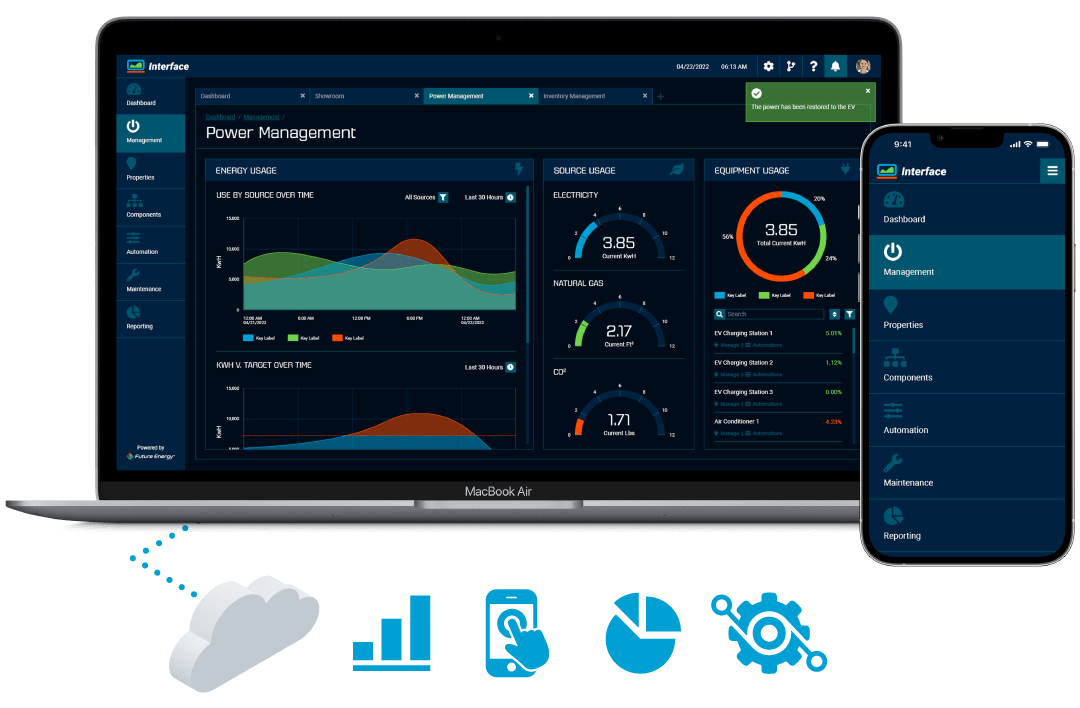
Monitoring the Microgrid
Even if you are operating off your own microgrid, it’s important to manage energy use. If demand for electricity nears available supply levels, your system may temporarily cut off electricity supply to prevent a shutdown, a concept known as load shedding.
Future Energy’s data-driven solutions help your dealership carefully monitor energy use and automatically adjust energy distribution. Plus, proactive alarming alerts you well in advance of any potential issues.
Managing Inventory
Because EVs connect to the internet, you can easily manage the charge level of your inventory. The integration of your vehicles with data management systems facilitates V2G technologies. Also, you can be sure that vehicles are fully charged for customers.
How Can Future Energy Help Meet the Challenges of Electrification?
No doubt, your dealership’s business model already is changing. For example, only one-third of adults interested in EVs say they would choose to make the purchase at a traditional dealership, according to a Morning Consult survey.
New Business Model
Electric vehicles don’t require as much service as combustion engines do, cutting into service revenue. As a result, McKinsey predicts a 40% decrease in aftermarket sales on parts by 2030.
These disruptions require a shift in focus. For instance, dealerships could consider tapping into the burgeoning market for private microgrid developers, a model already reflected in several public sector projects.
For instance, the Valley Transportation Authority (VTA) in Santa Clara, California, received a nearly $5 million grant to upgrade its EV charging infrastructure for its fleet of electric buses. VTA’s project pairs solar panels with a battery storage system, connected to a microgrid control system. The system powers EV chargers that charge electric fleet vehicles.
Utility Relationships
Every utility company has unique conditions regarding requirements for the transmission and distribution of power. Future Energy has been working alongside the more than 5,000 utility companies in the US to help our customers prepare for the EV revolution.
FIND Tool for EV Charger Financial Incentives
Future Energy’s Financial Incentive National Database (FIND) tool lists every available financial incentive program in the US. Future Energy can help get your application to the front of the line for the limited pool of available funds.
How Can Future Energy Help My Dealership Prepare for the Future of EVs?
Along with uncertainty, EVs bring opportunities for your dealership. Don’t wait to begin to future proof your dealership with EV integration. Future Energy is here to answer your questions. Contact us today to find out how we can help you prepare for what’s ahead.

